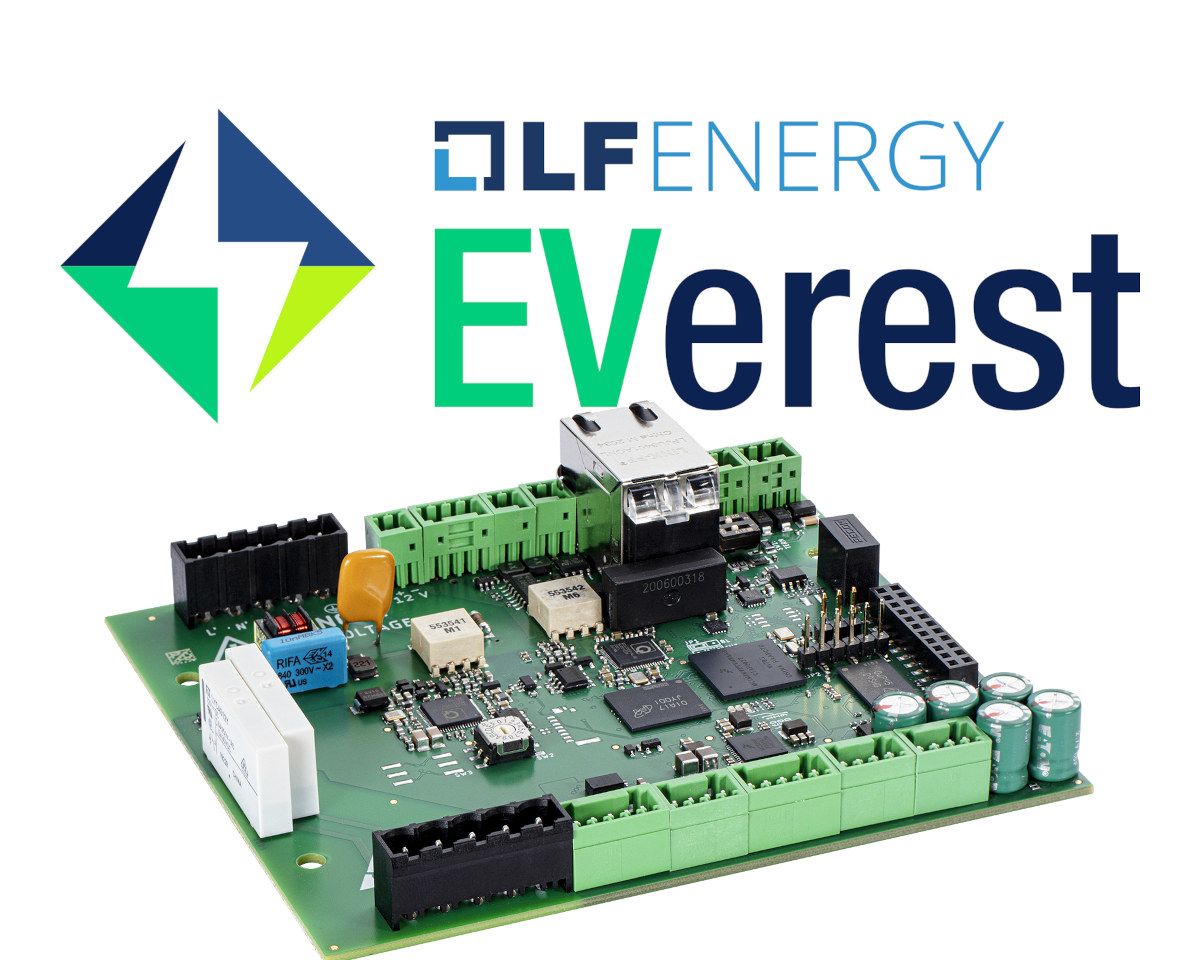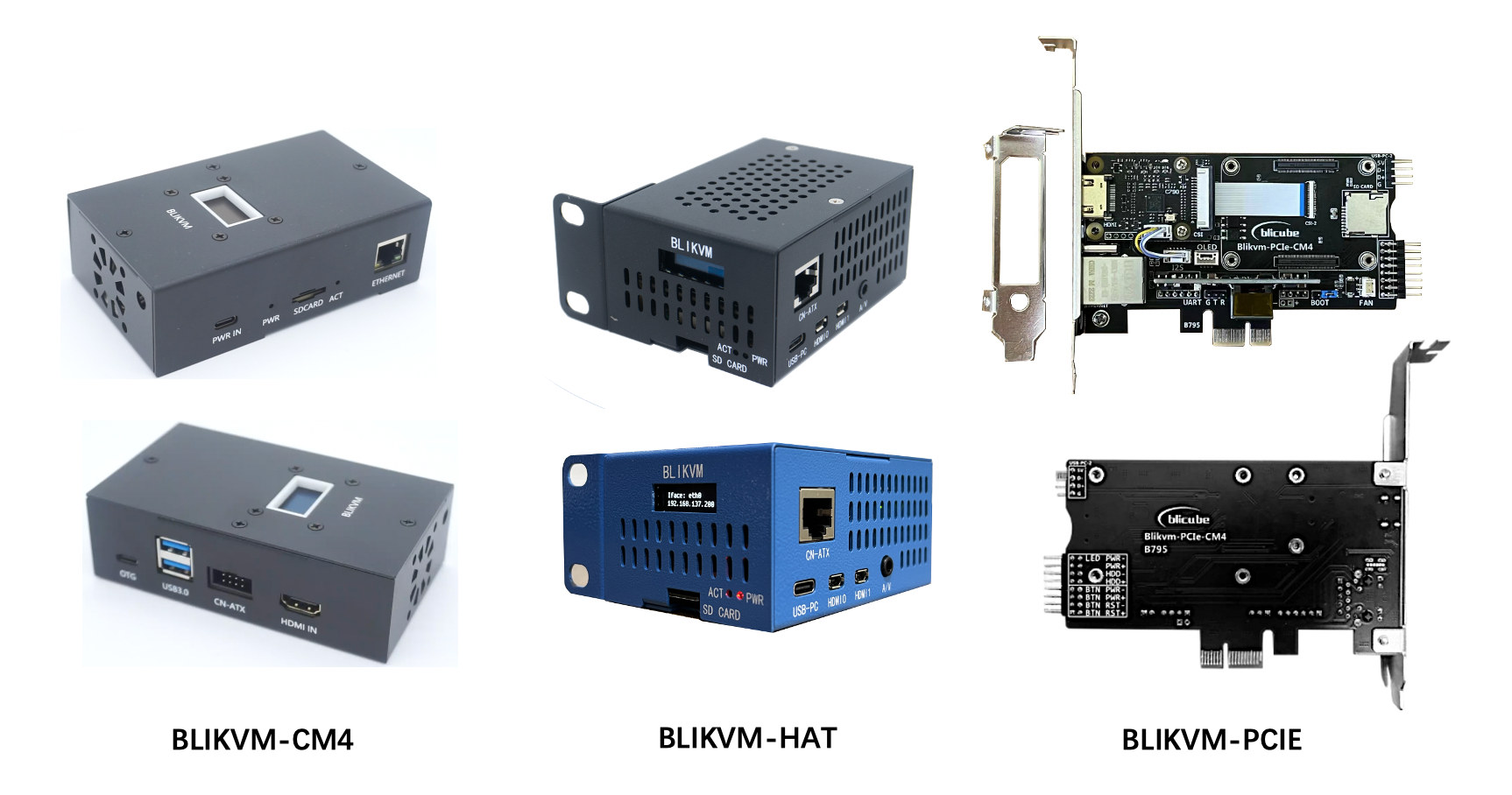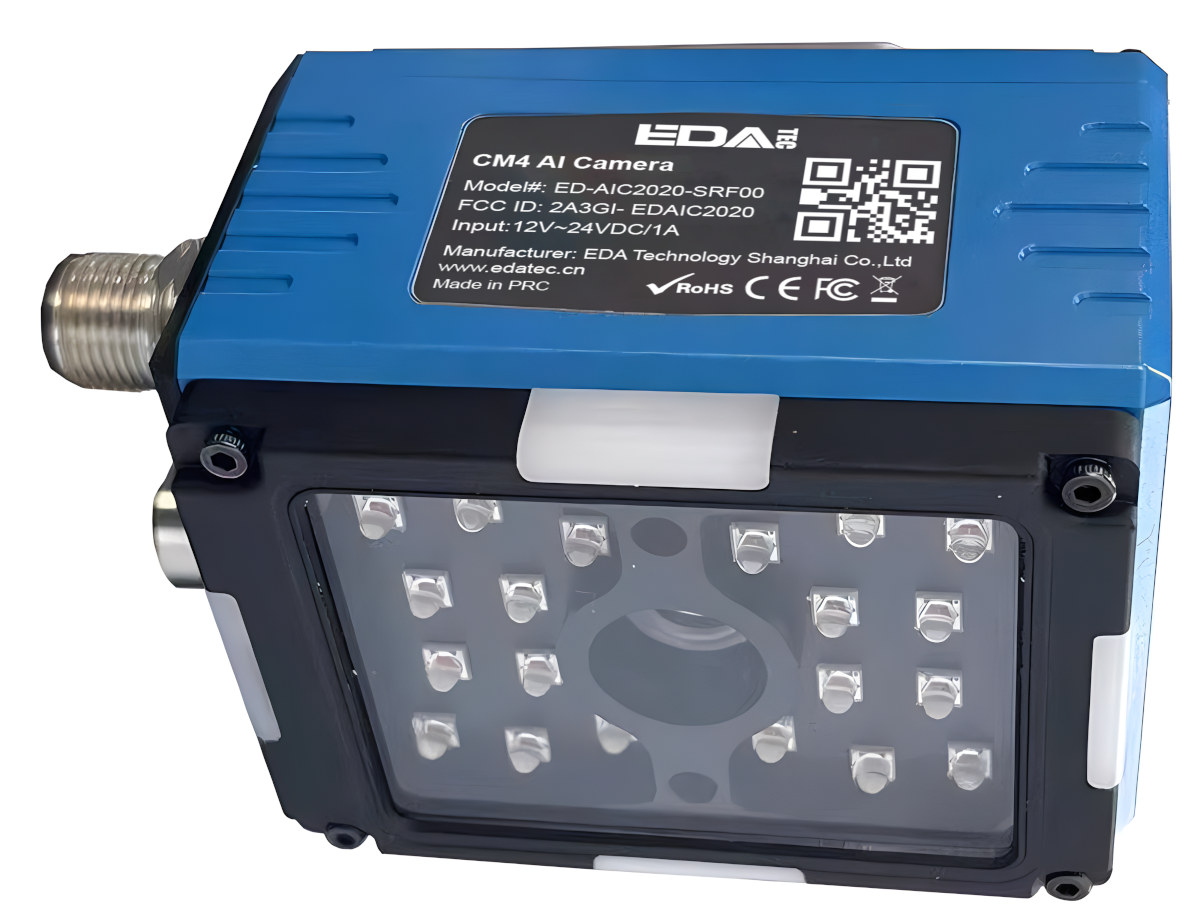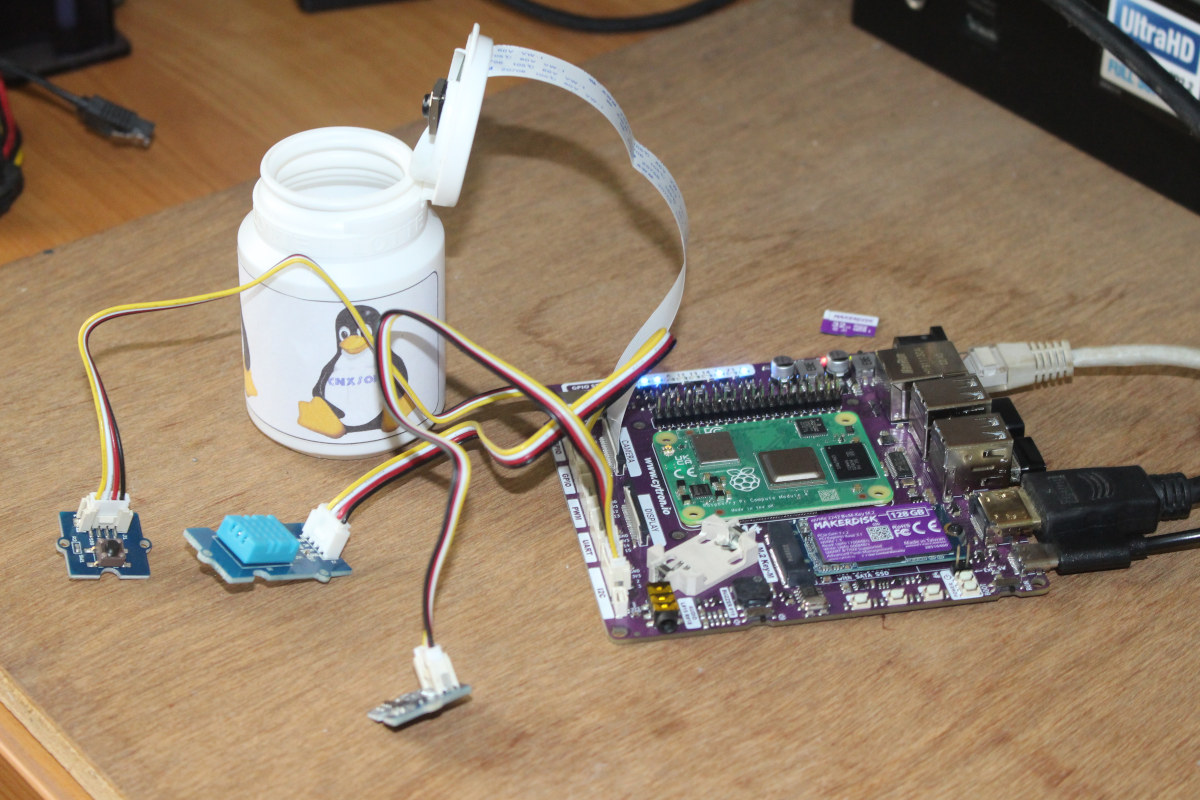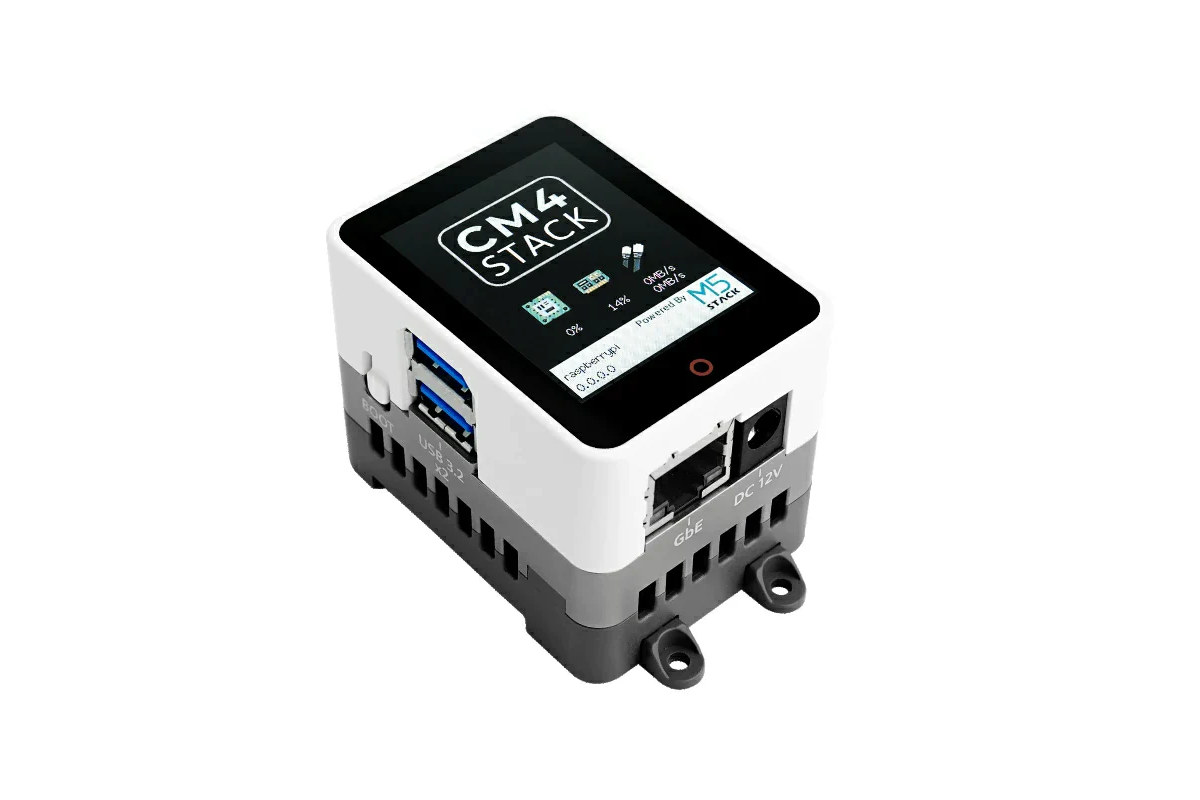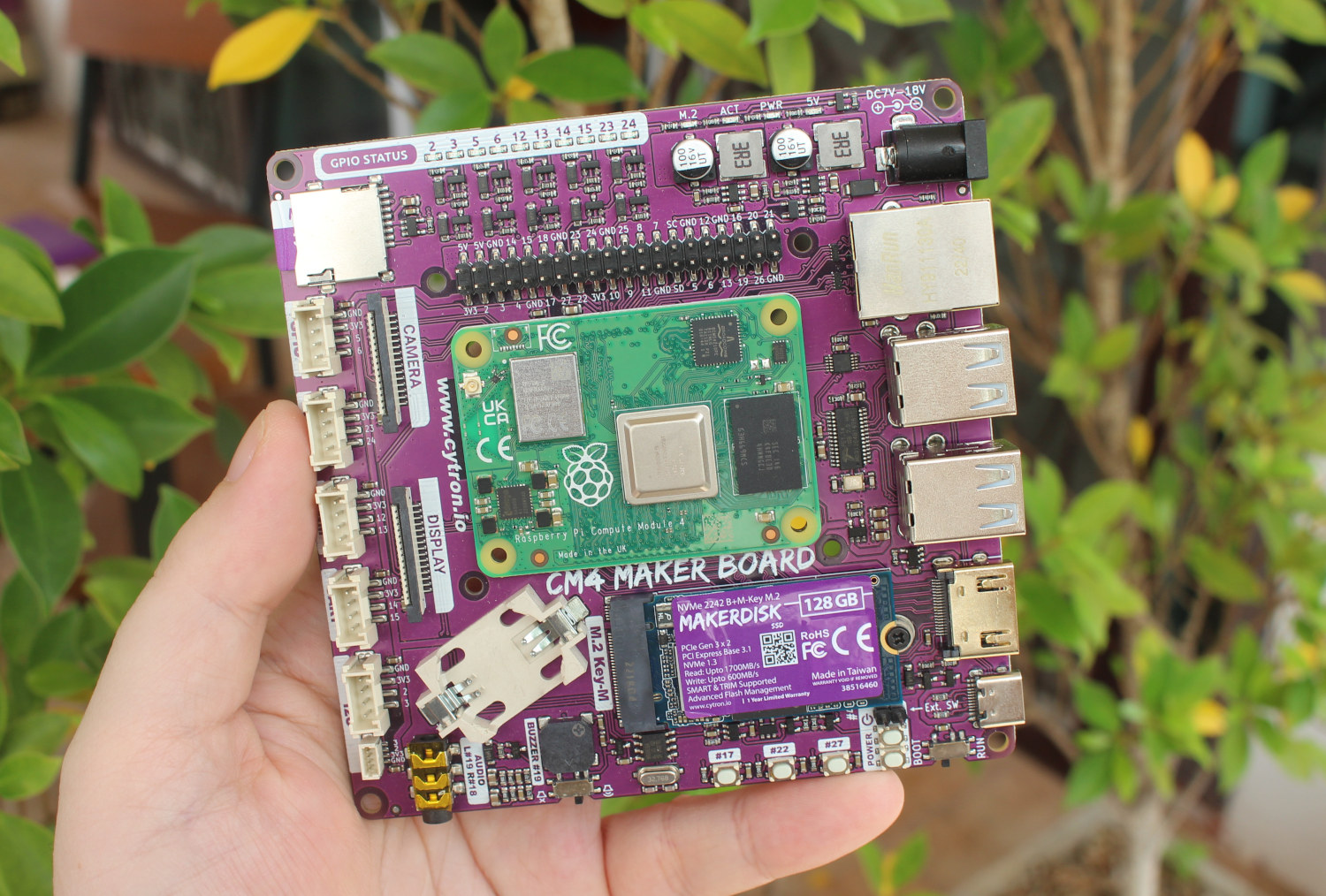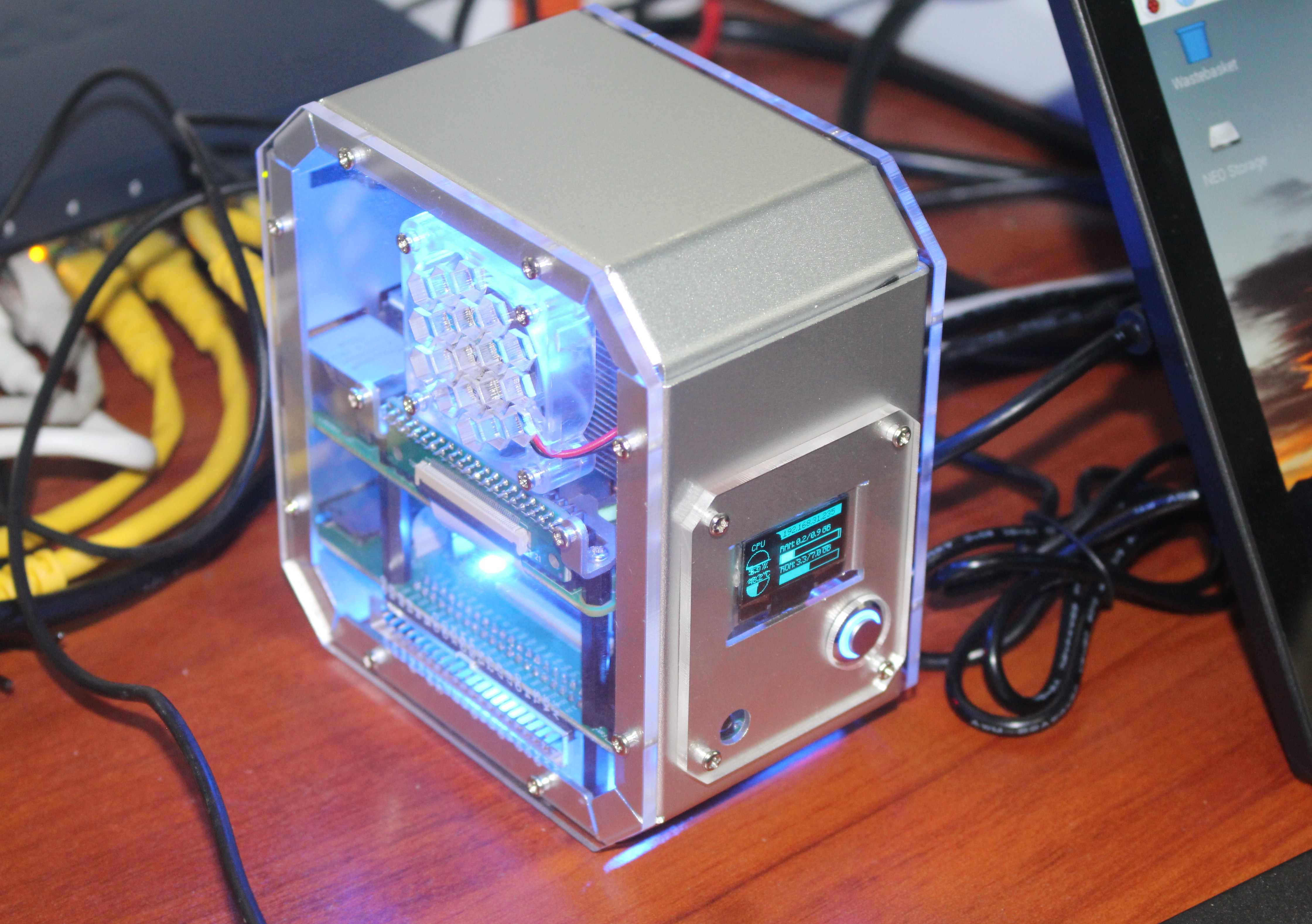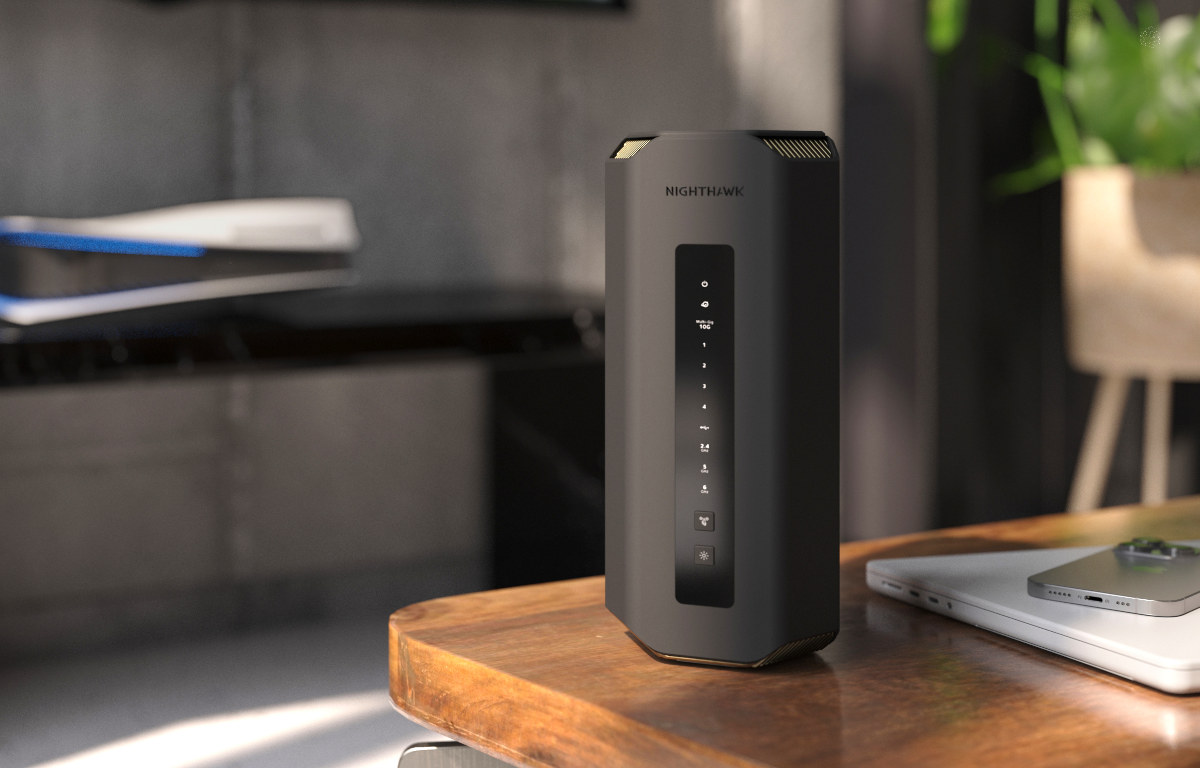EVerest is a software project initiated by PIONIX GmbH, but now part of the Linux Foundation’s LFEnergy initiative, whose primary goal is to develop and maintain an open-source software stack for EV charging infrastructure. EVerest supports multiple standards and it will run on any device from AC home chargers to public DC charging stations. I noticed the EVerest project in an upcoming talk at the Embedded Open Source Summit 2023 entitled ” EVerest: Electric Vehicle Chargers With Open Hardware and Software” and whose abstract reads in part: You will learn how to build your own electric vehicle charger using open hardware designs in combination with the EVerest open-source software stack for EV charging infrastructure. Following a quick introduction to EV charging technology, with explanations of the standards, protocols, and complexities involved, the talk will go into a deep dive into how you can build your own AC charging station. Reference […]
BLIKVM open-source KVM over IP works with Raspberry Pi CM4, Raspberry Pi HAT, PCIe card, and soon Allwinner H616
BLIKVM is an open-source KVM over IP software that helps you manage servers or workstations remotely regardless of the health of the target system, and currently working with Raspberry Pi CM4 hardware, a Raspberry Pi HAT, or a PCIe board, and a new model based on MangoPi’s Allwinner H616 CPU module is coming soon. We’ve previously written about the Raspberry Pi-based PiKVM DIY project, followed by the PiKVM v3 Raspberry Pi HAT from the same project, and now I can see there’s a CM4-based PiKVM V4 that was on Kickstarter last month and raised over $800,000… You’d think this kind of system would be rather a niche market, but there’s even demand to have a similar open-source project called BLIKVM offering many of the same features since it’s based on PiKVM, except for the option to use a PCIE card fitted with a CM4 module. Highlights of the BLIKVM project: […]
IP67-rated CM4 AI camera uses Raspberry Pi Compute Module 4 for computer vision applications
EDATEC ED-AIC2020 is an IP67-rated, Raspberry Pi CM4-based industrial AI camera equipped with a fixed or liquid lens and LED illumination that leverages the Raspberry Pi Compute Module 4 to run computer vision applications using OpenCV, Python, And Qt. We’ve previously written about Raspberry Pi Compute Module-based smart cameras such as the Q-Wave Systems EagleEye camera (CM3+) working with OpenCV and LabVIEW NI Vision and the StereoPi v2 (CM4) with stereo vision. But the EDATEC ED-AIC2000 is the first ready-to-deploy Raspberry Pi CM4 AI camera we’ve covered so far. EDATEC “CM4 AI camera” (ED-AIC2020) specifications: SoM – Raspberry Pi Compute Module 4 up to 8GB RAM, up to 32GB eMMC flash Camera 2.0MP global shutter or 5.0MP rolling shutter Acquisition rate – Up to 70 FPS Aiming point – Red cross laser Built-in LED illumination (optional) Scanning field Electronic liquid lens Fixed focal length lens Networking Gigabit Ethernet M12 port Communication protocols – Ethernet/IP, PROFINET, Modbus […]
Cytron CM4 Maker Board review – Part 2: NVMe SSD, RTC, Buzzer, Grove modules, ChatGPT…
We’ve already checked out Cytron’s CM4 Maker Board kit with a Raspberry Pi CM4 system-on-module and booted the system with the included 32GB “MAKERDISK” Class 10 microSD card preloaded Raspberry Pi OS in the first part of the review. For the second part of the CM4 Maker review, I’ve mostly used the 128GB NVMe SSD provided by the company and played with other features of the board including the RTC, the buzzer, some Seeed Studio grove modules, and even got help from ChatGPT for one of the Python programs I used. Booting Cytron CM4 Maker Board with the “MAKERDISK” NVMe SSD I connected several Grove modules with GPIO and I2C interfaces, a Raspberry Pi Camera Module 3, an Ethernet cable, two RF dongles for a wireless keyboard and mouse, an HDMI cable to a monitor, and finally inserted the provided 5V/3.5A USB-C power adapter. The MAKERDISK SSD comes with Raspberry […]
M5Stack CM4Stack – A tiny Raspberry Pi CM4 Linux computer with an integrated 2-inch display
M5Stack CM4Stack is a tiny Arm Linux mini PC based on Raspberry Pi CM4 that measures 59 x 44 x 46mm and integrates a 2-inch touchscreen display for information and control, as well as the usual ports you’d expect from a mini PC such as HDMI, USB 3.2 ports, Gigabit Ethernet, and so on. We’ve previously written about M5Stack Core and Atom controllers based on ESP32 microcontrollers, an optional 2.0-inch display, and a few GPIOs. The company has now decided to provide a similar solution with a jump in performance and interfaces with the CM4Stack development kit. CM4Stack specifications: SoM – Raspberry Pi CM4 (CM4104032) with SoC – Broadcom BCM2711 quad-core Cortex-A72 processor @ 1.5 GHz System Memory – 4GB RAM Storage – 32GB eMMC flash Wireless module with 802.11 b/g/n/ac WiFi 5 and Bluetooth 5.0 Integrated display – 2.0-inch LCD with ST7789V2 controller, touchscreen function Video Output – HDMI […]
CM4 Maker Board review – Part 1: specifications, unboxing, and first boot
Cytron CM4 Maker Board is a carrier board for the Raspberry Pi CM4 or CM4 Lite system-on-module with plenty of I/Os, support for one M.2 NVMe SSD, and RTC backup battery, a buzzer, and various LEDs for GPIO status that makes the board especially well suited for the education market and prototyping. The carrier board also comes with the usual Gigabit Ethernet and full-size HDMI port, four USB 2.0 ports, five Grove connectors, one Maker port, the omnipresent 40-pin Raspberry Pi GPIO header, and support power input from 7V-18V DC jack or 5V via a USB Type-C connector. CM4 Maker Board specifications Cytron CM4 Maker Board specifications: Supported SoM – Raspberry Pi Compute Module 4 or Compute Module 4 Lite Storage microSD card slot M.2 PCIe 2.0 socket for NVMe 2232/2242 SSD Video Interfaces Full-size HDMI 2.0 port MIPI DSI display connector Camera – MIPI CSI connector connector Audio – […]
Pironman review – A Raspberry Pi 4 enclosure with M.2 SATA, safe power off, RGB LED strip, and more
SunFounder Pironman is a Raspberry Pi 4 enclosure inspired by Michael Klement’s DIY Raspberry Pi 4 mini server with an OLED display and ICE Tower cooling solution, as well as some improvements such as an aluminum alloy and acrylic enclosure, support for an M.2 SATA SSD, a power button for safe shutdown, an IR receiver, and an RGB LED strip. The company sent me a Pironman kit without Raspberry Pi 4 for review. I’ll check the package content, go through the assembly, software installation, and testing of the unique features listed above. Pironman unboxing Some of the main specifications are listed on the side of the package. The enclosure comes fully disassembled with the Pironman board, metal and acrylic panels, RGB LED strip, OLED display, heatsink, fan, adapters, flat cables, screws, standoffs, and so on. The top of the Pironman board (JMS580-V1.8) comes with a JMicron JMS580 USB 3.2 Gen […]
$700 Netgear RS700 WiFi 7 router supports up to 19Gbps (combined) speed
Netgear “Nighthawk” RS700 is the first WiFi 7 (802.11be) router from the company, with the tri-band router being rated “BE19000” meaning it can deliver a combined ~19Gbps link rate using all three bands. The router is based on the Broadcom BCM67263 Arm processor and with that kind of wireless bandwidth it comes with two 10GbE ports one WAN port to connect to the internet, and one LAN port to connect to the local networks plus four extra Gigabit Ethernet ports, and a USB 3.0 port for network storage. Netgear RS700 specifications: SoC – Broadcom BCM67263 quad-core WiFi 7 processor @ 2.6 GHz System Memory – 1GB RAM Storage – 512MB NAND flash for OS Networking 802.11be WiFi 7 WiFi Coverage – Up to 325 square meters Speed – Up to ~19Gbps combined 2.4GHz BE – 4×4 (Tx/Rx) 4096-QAM 20/40MHz, up to 1.4Gbps 5GHz BE – 4×4 (Tx/Rx) 4096-QAM 20/40/80/160MHz, up […]


